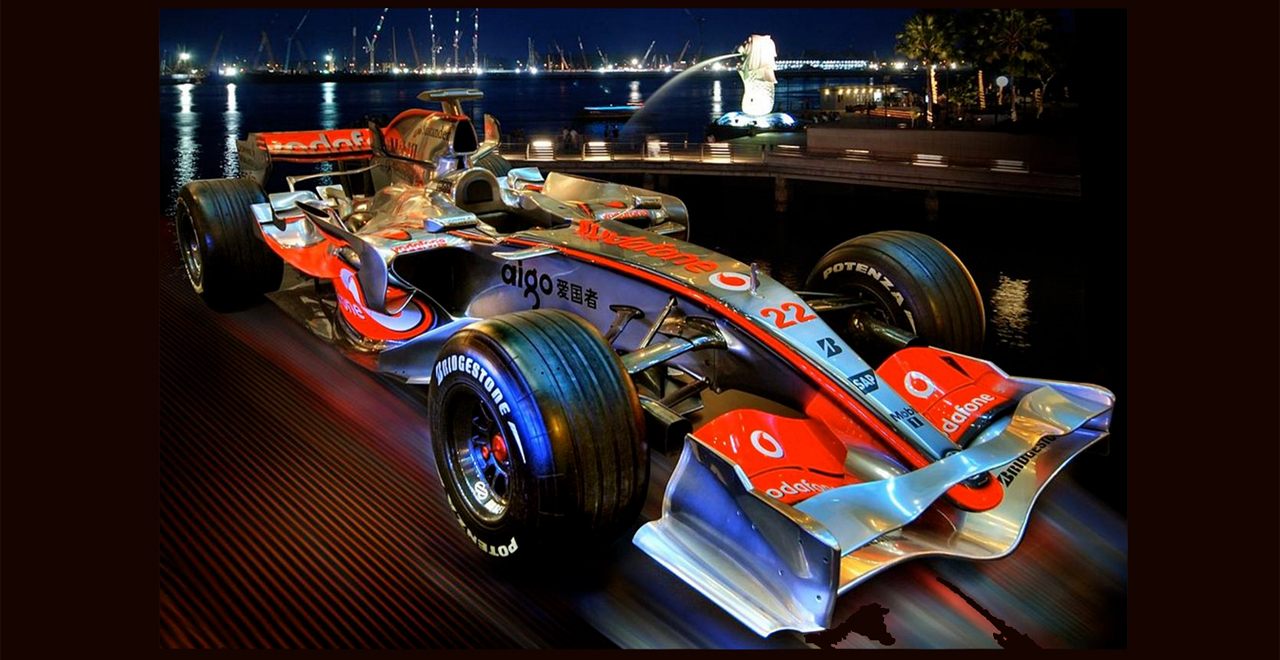The Singapore Grand Prix Formula One night race obviously doesn't come for free.
Neither is it obvious how much money is made or lost each year since the inaugural Singapore Grand Prix in 2008.
After nine editions held here, what we do know is that Singapore pays a reported US$65 million license fees every year to host the race, which is supposedly the third highest after Malaysia and Abu Dhabi.
The current five-year agreement will end after the 2017 race.
Currently, negotiations for a new extension are ongoing and Singapore is looking to pay less -- which was what perhaps triggered F1 chief Bernie Ecclestone to make some comments implicitly hinting that Singapore is being an ingrate before taking those comments back.
Is Singapore losing money turning roads into racetracks?
According to a commentary in Channel News Asia, there is commercial value in showcasing Singapore to the rest of the world via live broadcasts of the night races internationally.
However, the exact dollar value is hard to determine and extrapolating the benefits even harder as precious little is known about how much the night race in Singapore makes or loses each year, as the figures are not publicly declared.
Minister for Trade and Industry (Industry) S Iswaran did tell Parliament in 2013 that it costs around S$150 million a year to host the race.
Some 60 percent of this amount is co-funded by the government.
The race supposedly generates S$150 million in incremental tourism receipts for each edition, more than the original projection of S$100 million.
But what's for certain these days though, is that viewership and attendance are falling or tanking.
Even with a cumulative 219,000 spectators for the three-day event, the Singapore Grand Prix declared a 15 percent drop in attendance for the 2016 edition.
F1's global TV audience has fallen by 200 million -- from 600 million in 2008 to 425 million in 2014. The Singapore Grand Prix night race -- F1's only full night race -- has plateaued at 80.7 million international television audience.
After a decade, it will be harder to justify paying more for the same old thing that is no longer nenwfangled.
And maybe that is the reason why F1 boss Bernie Ecclestone backtracked and told The Straits Times that he doesn't want to lose Singapore, a day after he was quoted in a Germany motor sport magazine, where he called Singapore "just an airport to fly to".
Australia losing money. So is Malaysia.
Australia is the only country that has come out to announce openly that it is losing money big time hosting the race.
The 2015 edition of Australia F1 lost a record A$61.7 million (US$45.3 million) despite an attendance of nearly 300,000 for the Melbourne event.
This followed annual losses of A$50 million (US$36.7 million) in the years before.
Until the contract runs out in 2023, taxpayers in the state of Victoria are footing the costs of the races.
Malaysia has also announced that it will no longer host F1 after 2018.
Tourism and Culture Minister Nazri Abdul said that Malaysia spends RM 300 million a year (S$97 million) for the race and are is not even recouping the money it spent [for the race],” he added.
One reason the F1 is feeling in the doldrums is because the race winners are getting predictable where Sebastian Vettel has dominated for four seasons, while Lewis Hamilton and Nico Rosberg are expected top finishers in the last three seasons.
This leaves state-funded races in Australia, Azerbaijan, Abu Dhabi, Bahrain, Canada, China, Hungary, Russia, Malaysia and Singapore with greater longevity to sit it out as it bleeds some more.
In Belgium, Brazil, Germany, Italy, Mexico, Spain and the United States, government subsidies are what allows races to be held.
Private investors fund races in Austria, Britain and Japan. In Monaco, the event is free.
Top photo via Wikimedia
If you like what you read, follow us on Facebook, Instagram, Twitter and Telegram to get the latest updates.
